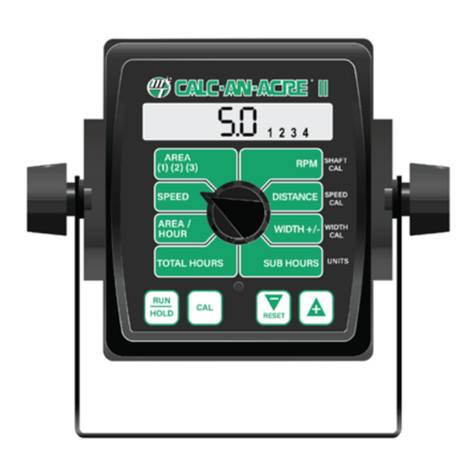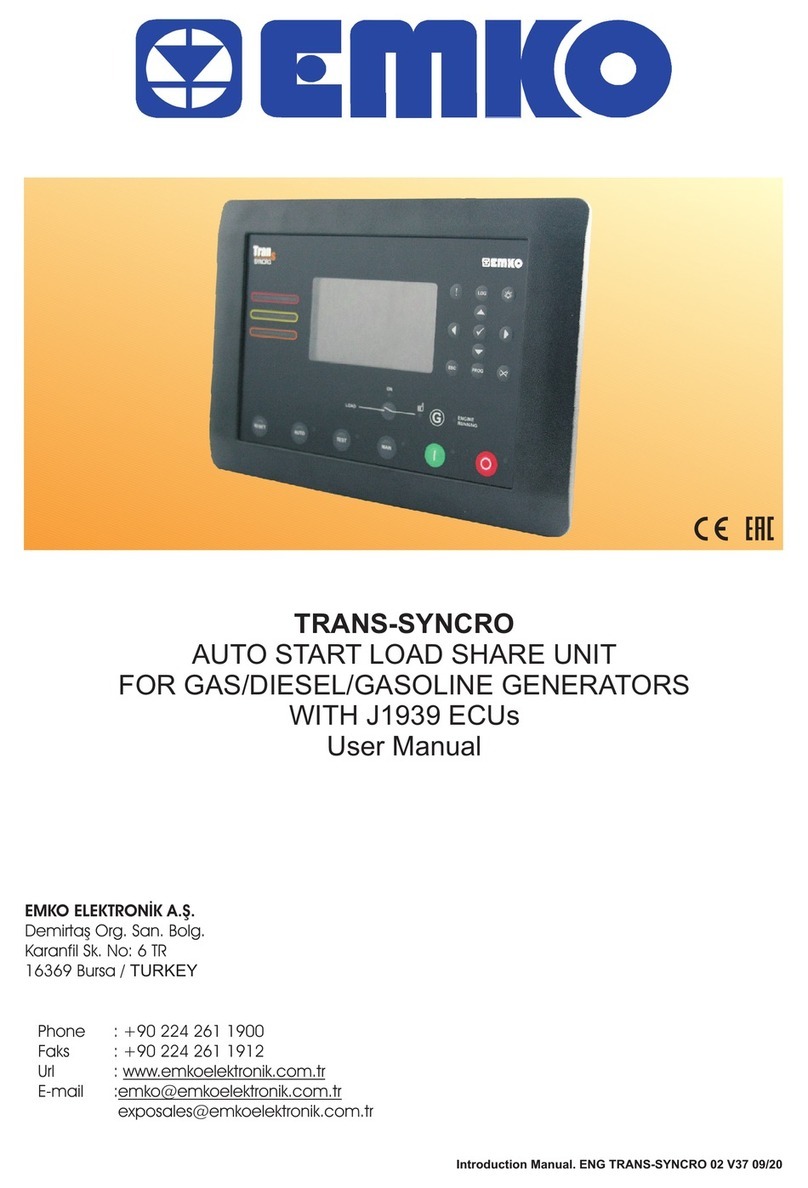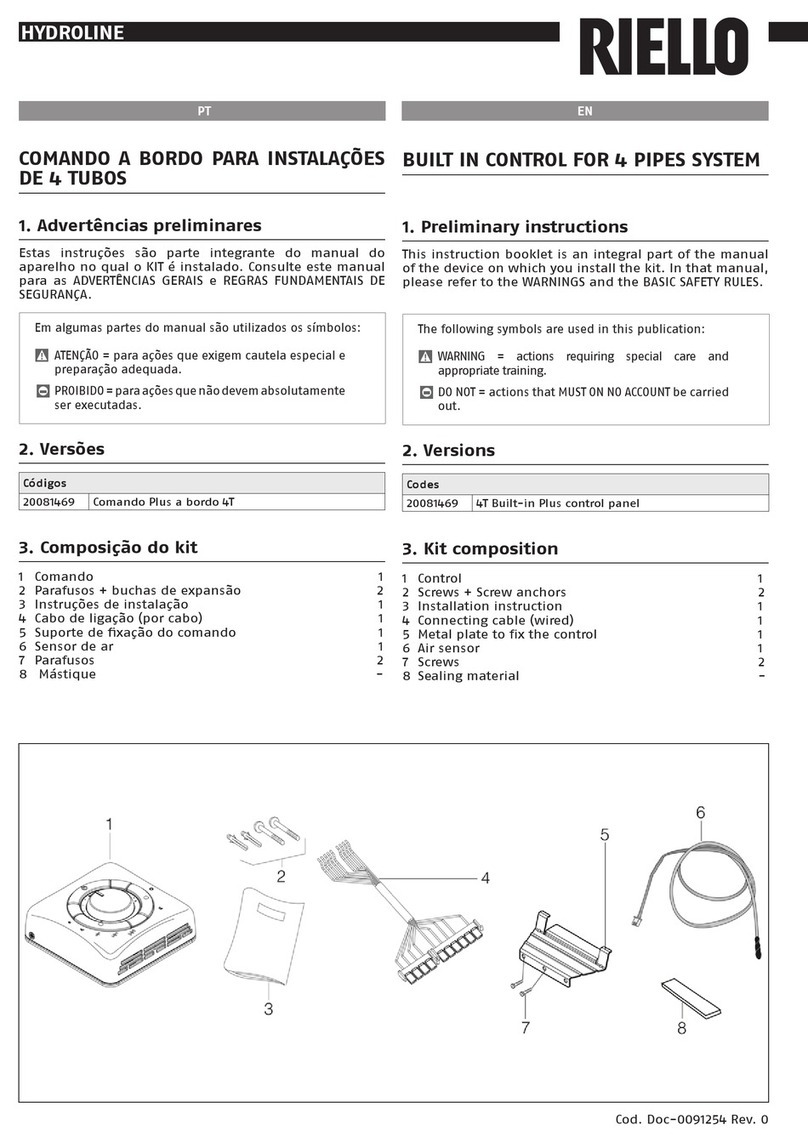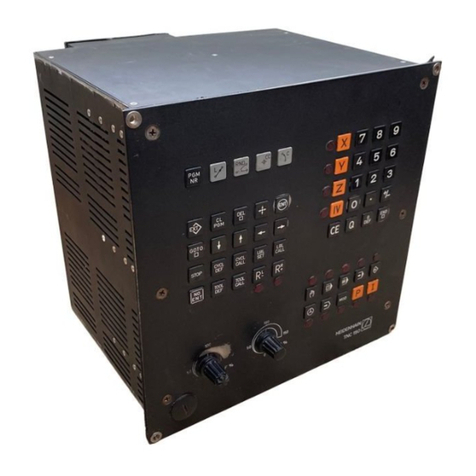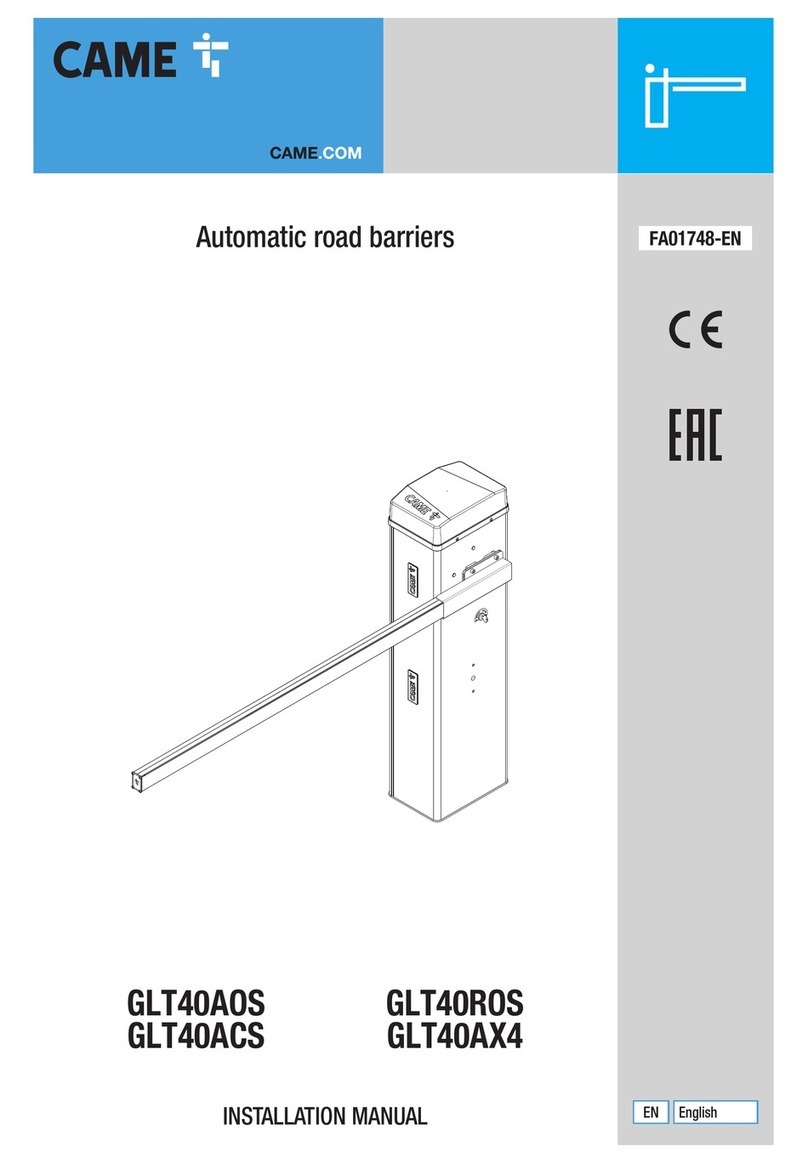
PT EN
Cod. Doc-0091238 Rev. 0
HYDROLINE
7. Frost - protection
This function keeps the temperature from dropping below
7°C in rooms not used for long periods of time.
When this temperature is reached, the control activates
the valve and puts the fan on high speed.
The frost protection function can be activated
through the associated micro-switch (see section
dip-switch conguration); if enabled, this function
activates even when the control is in the OFF position.
8. Energy saving
This function is especially useful when air conditioning at
night or in rooms where the user is likely to be absent for
a longer period of time.
In this case, by selecting the function e and pressing the
FAN button repeatedly it is possible to raise the setpoint
temperature by 4°C in cooling mode and reduce it by 4°C
in heating mode.
Enabling this function (Green LED ON) cuts out other
displays.
9. Seasonal changeover
Manual
Selection of heating/cooling is done manually by pushing
the button on the control.
Centralised
Centralised seasonal changeover can be done in two ways:
by a switch located on the central control panel that
allowsheating/coolingmodechangeover;
by a temperature sensor (Accessory) located in contact
with the entering water pipe.
In this last mode, fan coil operation is driven by the control,
in cooling or heating, depending on the temperature read
by the sensor.
Switch and sensor operate on 230V power supply, so both
must be adequately insulated.
If the seasonal manual changeover button is pushed
while the centralised changeover mode is activated, the
correspondingLEDwillbrieyashwhilemaintainingthe
activated mode.
In any case, centralised changeover takes priority over
local changeover.
10. External contact
The control has an input that can be used as window
contact or presence detection (see wiring diagram). When
such a signal is activated (presence of line voltage on the
terminal block contact) the control is set to OFF (open
window) or to Energy Saving (empty room), depending on
thecontrolconguration.
If the control is set to OFF, as a consequence all outputs
are disconnected (fan, valves, etc.) and only the frost
protection function is active if it has been enabled by its
corresponding dip-switch. If the control is set to Energy
Saving, the internal temperature is raised by 4°C in cooling
mode and reduced by 4°C in heating mode.
To switch from one operating mode to the other, keep the
Power button and the speed selection button pressed for
at least 5 seconds.
7. Anticongelamento
A função anticongelamento permite evitar, em ambientes
não frequentados durante longos períodos, que a
temperatura desça abaixo de 7 °C.
Quando esta temperatura é alcançada, o controlo ativa a
válvula e o ventilador na velocidade alta.
Afunçãoanticongelamentopodeserativada,congurando
o respetivo microinterruptor (ver conguração dos
jumpers). Se estiver habilitada, também está ativa com o
comando na posição OFF.
8. “Energy saving” (poupança de energia)
Esta função é particularmente útil durante o funcionamento
à noite ou nos ambientes climatizados nos quais se espera
estar ausente durante um certo período de tempo. Nesse
caso, selecionando a função, premindo repetidamente a
teclaFAN,épossívelaumentar4°Catemperaturadenida
durante a operação no modo de arrefecimento e reduzir
4 °C a temperatura durante a operação no modo de
aquecimento. Ativando esta função (LED verde aceso) as
outras exibições são excluídas.
9. Mudança de estação
Manual
A seleção aquecimento/arrefecimento, é efetuada
manualmente com o botão no comando.
Centralizada
A mudança sazonal centralizada pode ser efetuada de
duas formas:
através de um comutador posicionado na central de
comando que permite comutar o modo de aquecimento/
arrefecimento;
através de uma sonda por contacto (Acessório) a
posicionar na tubagem de entrada da água.
Neste último modo, o funcionamento do ventiloconvector
é comandado pelo comando no aquecimento ou no
arrefecimento de acordo com a temperatura detetada
pelo sensor.
Tanto o comutador, como a sonda funcionam a 230 V, pelo
que devem estar adequadamente isolados. Se premir a tecla
de mudança sazonal manual enquanto a mudança sazonal
centralizada está ativa, provoca uma breve intermitência do
LED relativo ao modo de funcionamento ativo.
De qualquer forma, a mudança sazonal centralizada exclui
o funcionamento da mudança sazonal local.
10. Contacto externo
O comando está equipado com uma entrada para ser
utilizada como contacto janela ou sensor de presença (ver
esquema elétrico).
Quando este sinal é ativado (presença do potencial de
linha no contacto da régua de terminais), o comando
é colocado em OFF (janela aberta) ou em Poupança de
energia(ambiente desocupado), dependendo de como o
comando está congurado. Se o comando estiver em OFF,
todas as saídas são desativadas (ventiladores, válvulas,
etc.) e apenas a função anticongelamento permanece ativa
se habilitada pelo respetivo jumper. Caso o comando seja
colocado em Energy Saving, a temperatura interna aumenta
4 °C no arrefecimento e diminui 4 °C no aquecimento.
Aalteraçãodeconguraçãoentreestasduaspossibilidades
de funcionamento é efetuada premindo, continuamente,
durante pelo menos 5 segundos, o botão Ligar e o botão
de seleção de velocidade.



